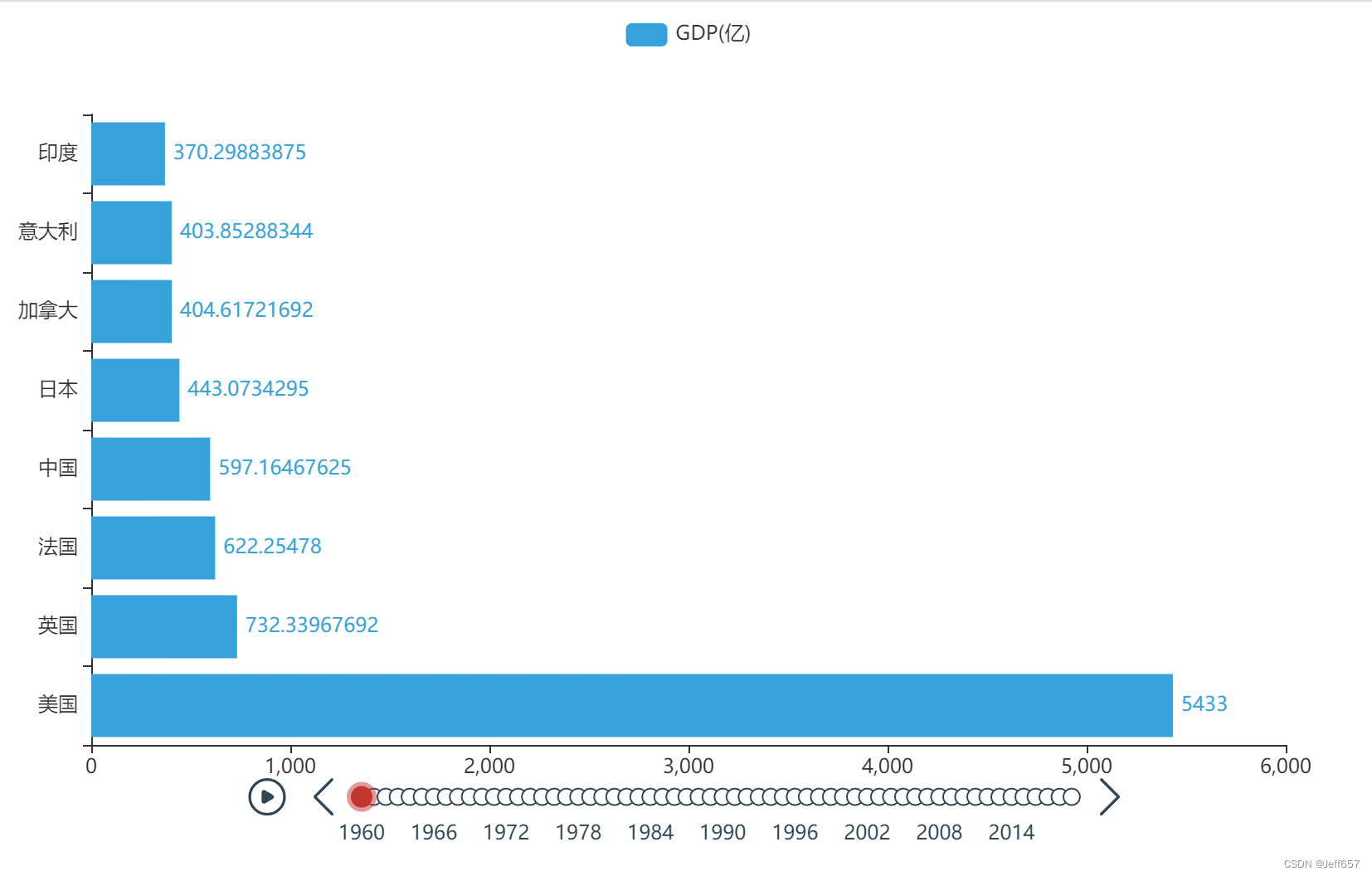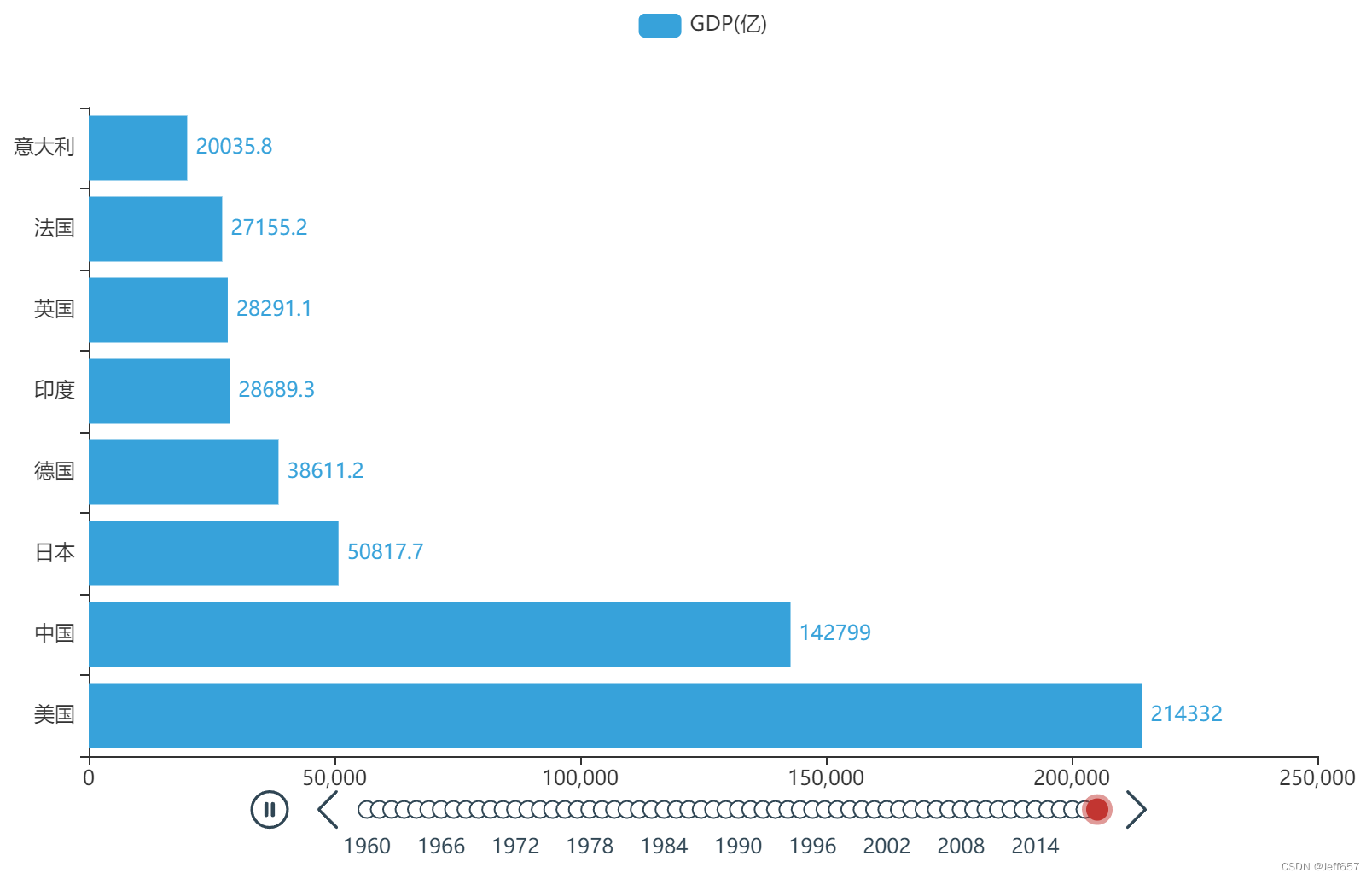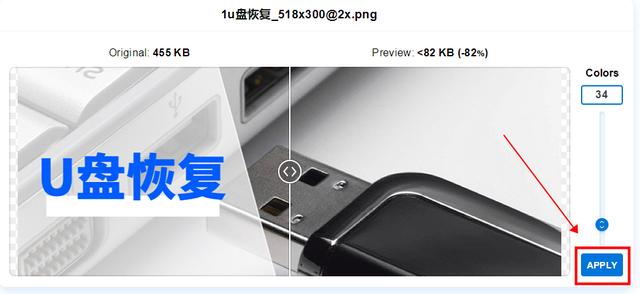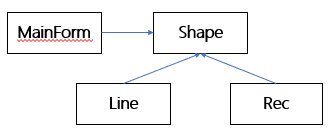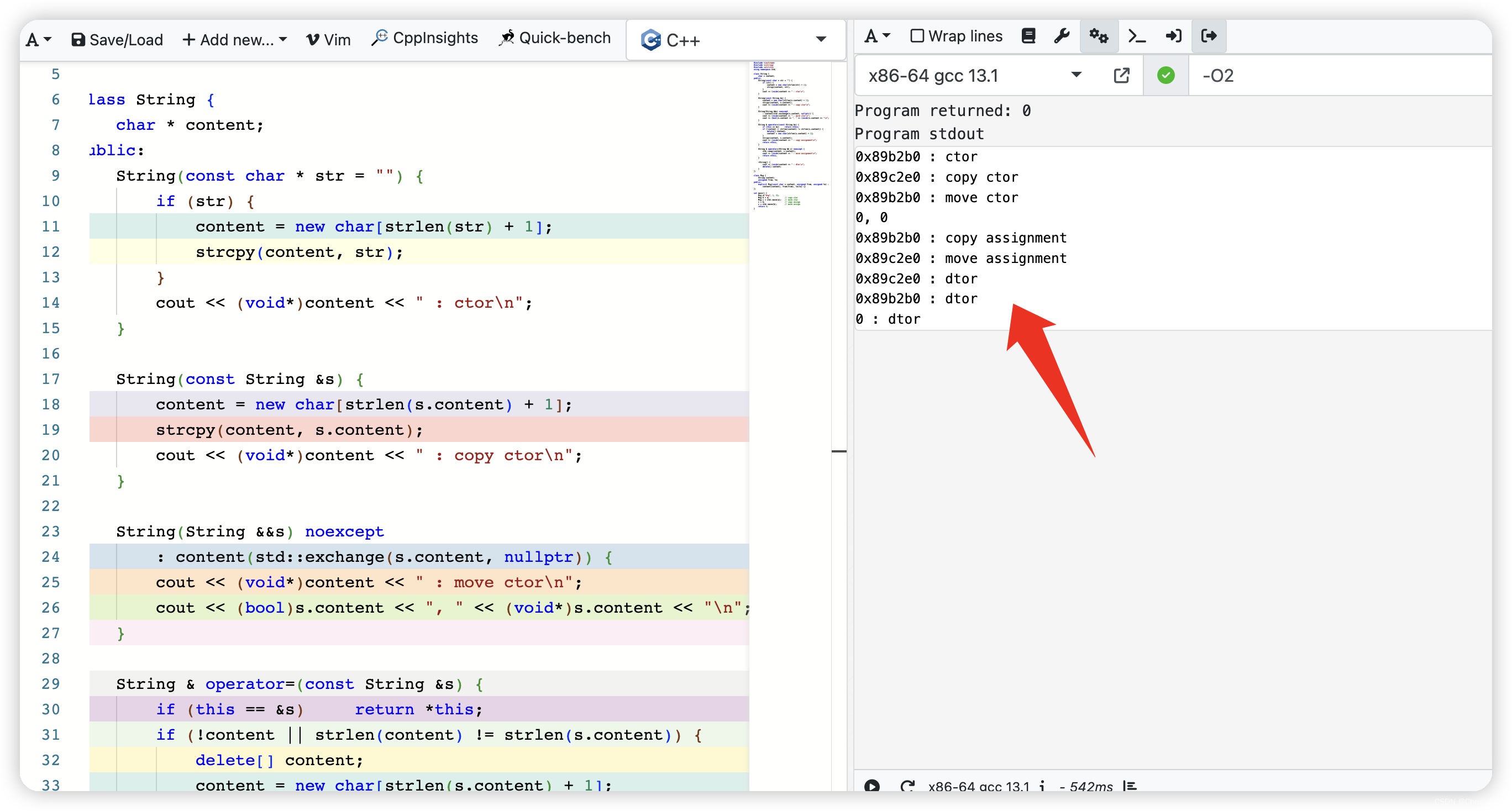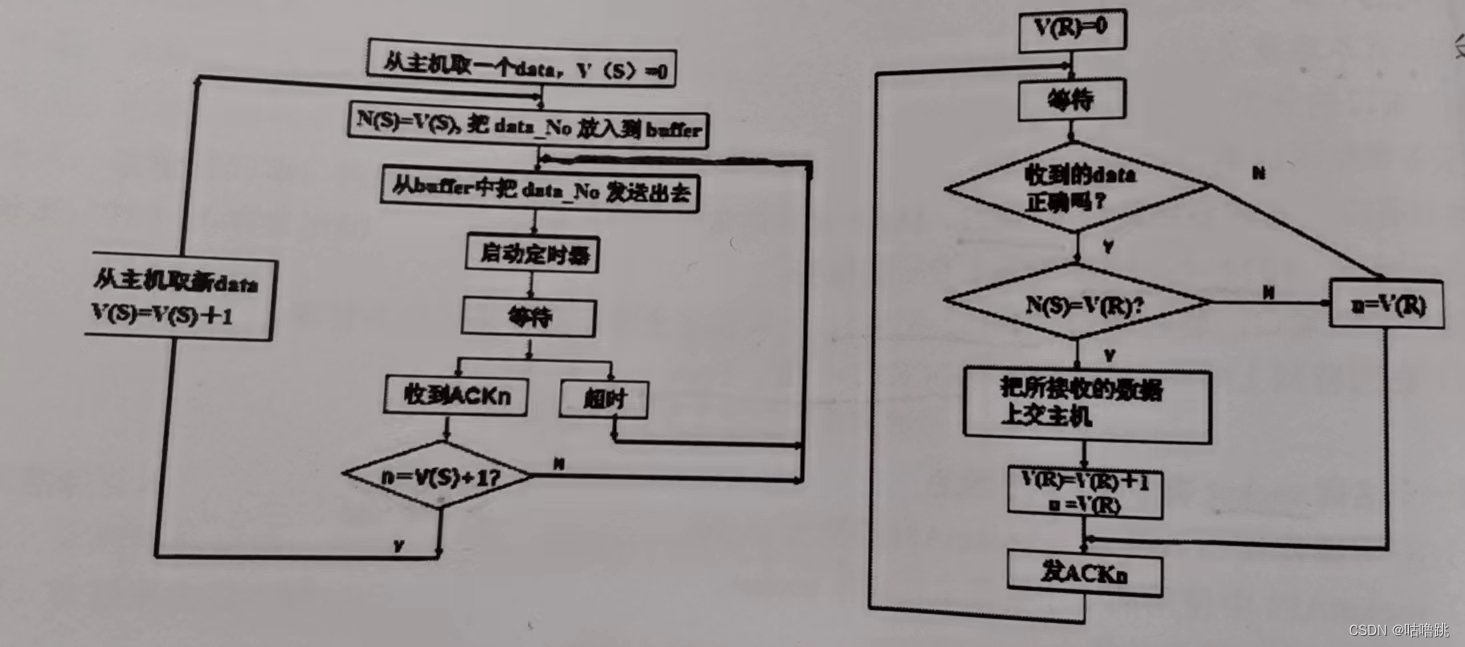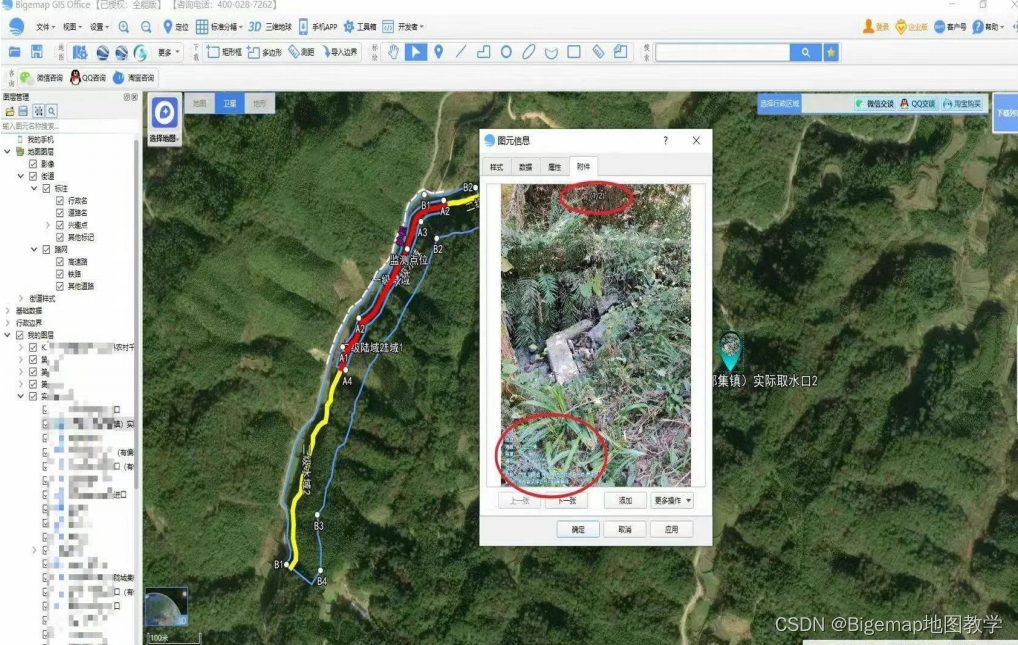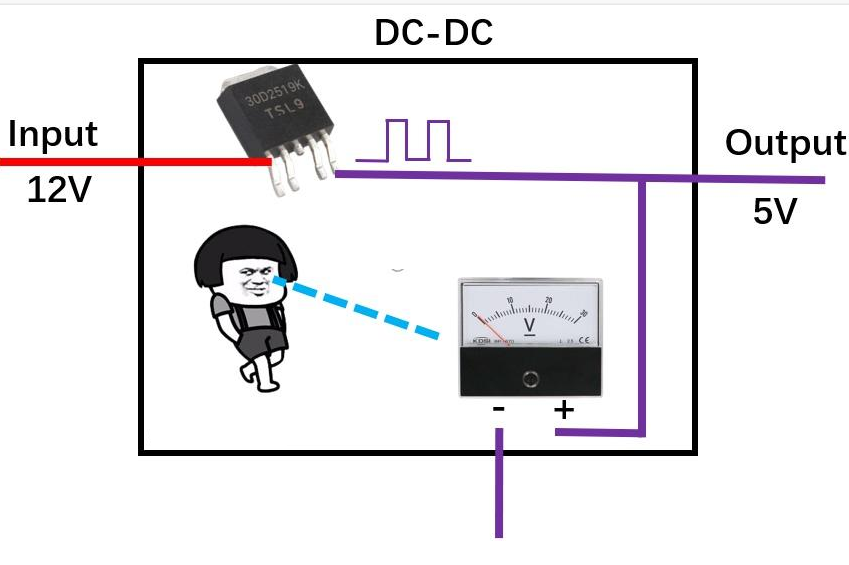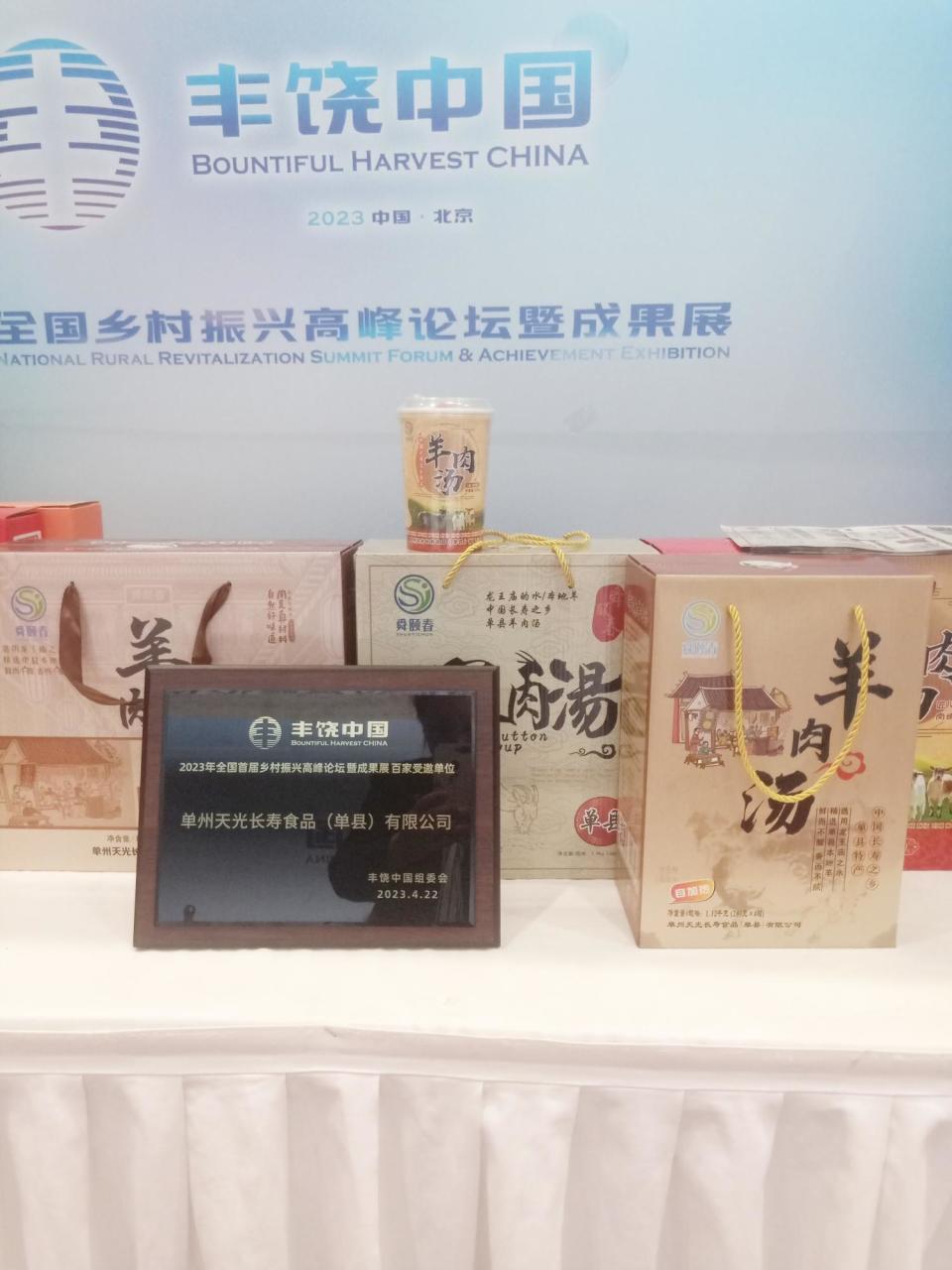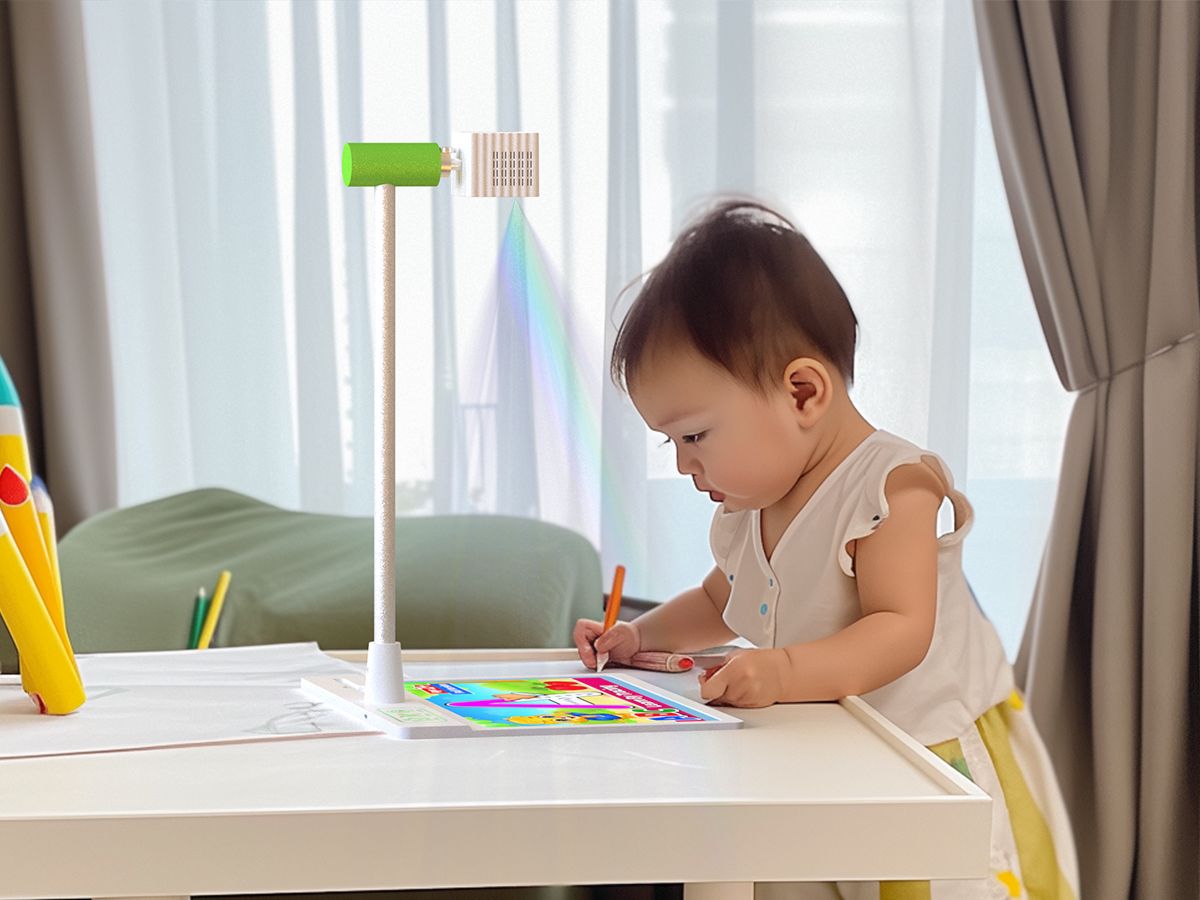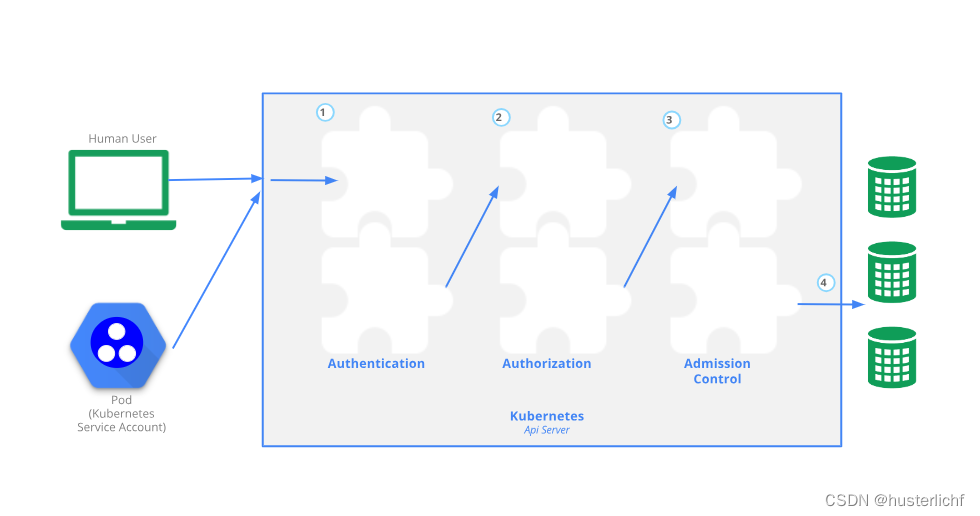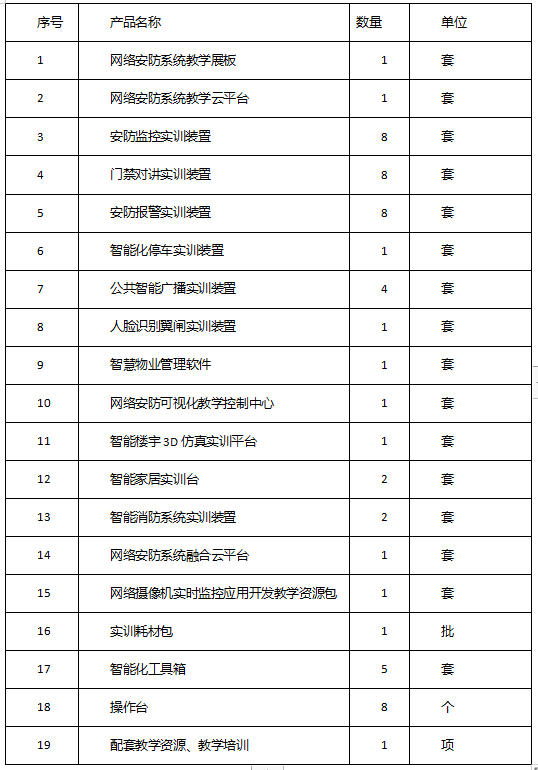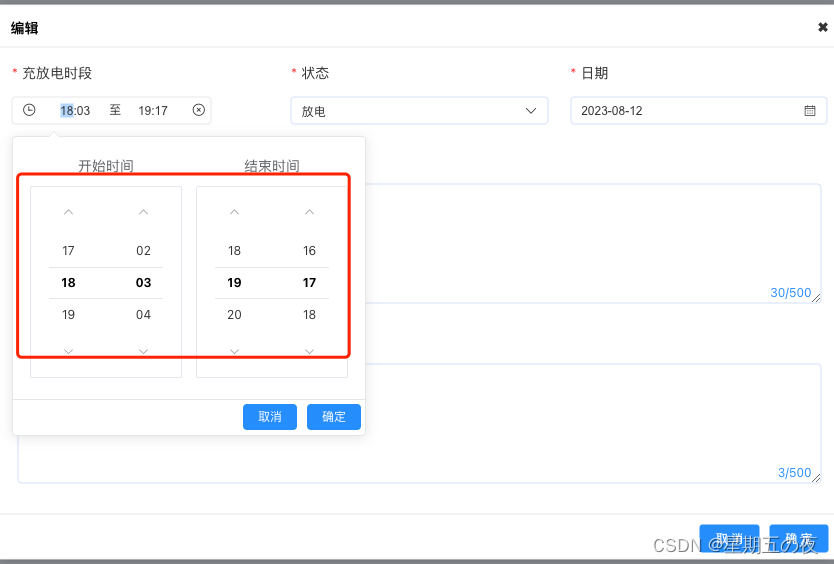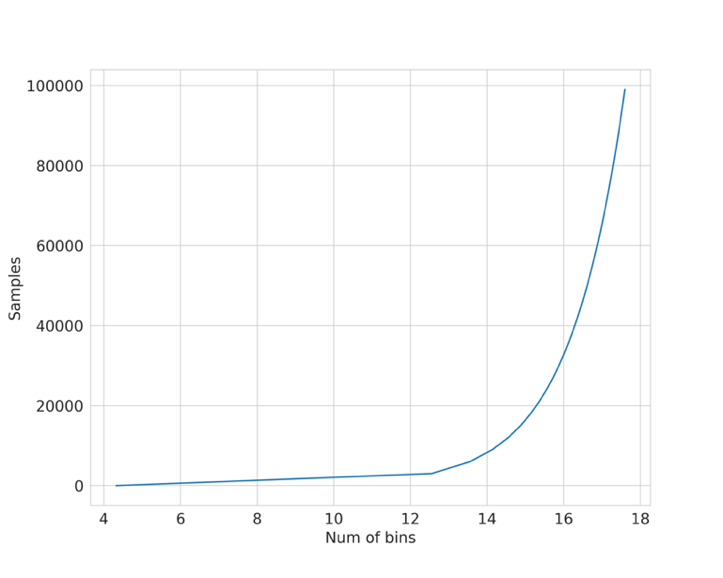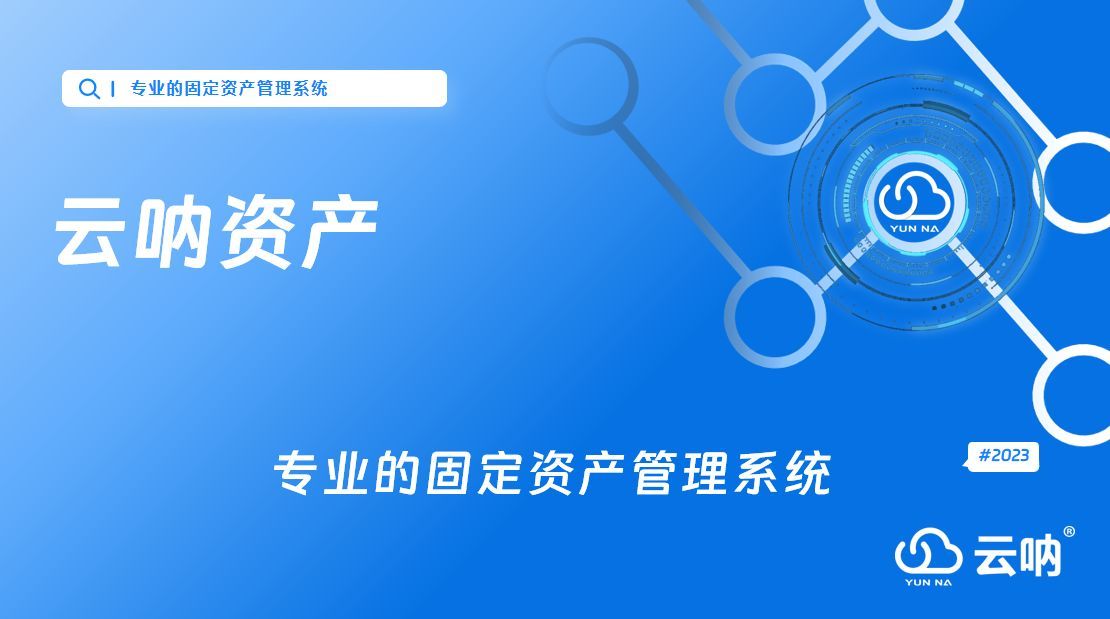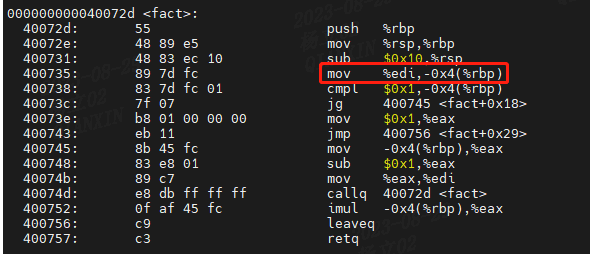# 1.导包
import json
from pyecharts.charts import Bar,Timeline
from pyechasts.options import *
from pyecharts.globals import ThemeType
# 2.打开文件(此次数据格式.csv文件)
f = open("D:/data.csv","r",encoding="GB2312")
data_lines = f.readlines()
f.close()
# 用记事本打开后数据,如下所示:
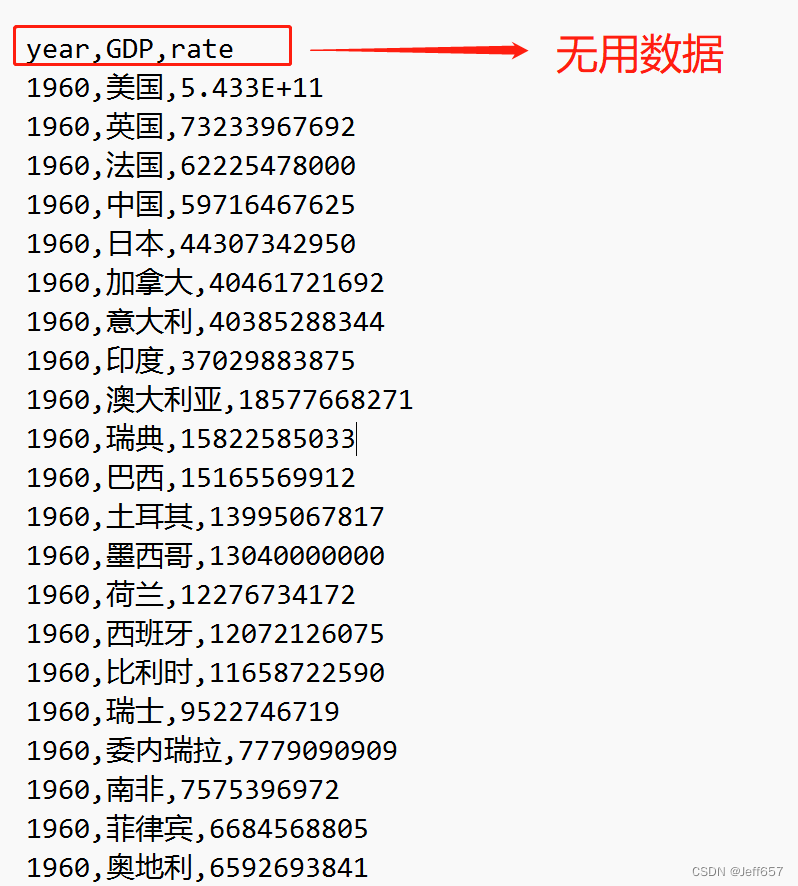
# 3.删除无用数据
data_lines.pop(0)
# 4.将数据转换为字典,例如:{1960:[[中国,123],...]}
data_dict = {} #定义空字典,存放数据
for i in data_lines:
year = int(i.split(",")[0])
country = i.split(",")[1]
GDP = float(i.split(",")[2])
#在字典中,可能存在关键字不存在的报错情况
try:
data_dict[year].append([country,GDP])
except KeyError:
data_dict[year] = []
data_dict[year].append([country,GDP])
# 5.定义排序函数,其目的是后续对GDP数值进行排序
def sort_gdp(element):
return element[1]
# 6.创建时间轴对象
timeline = Timeline(
{"theme":ThemeType.LIGHT} #设置主题
)
# 7.排序年份及排序GDP
sort_year_list = sorted([data_dict.keys()]) #对字典中的键(关键字)进行排序,即排序年份。
for year in sort_year_list:
data_dict[year].sort(key=sort_gdp,reverse=True)
year_data = data_dict[year][0:8] #利用切片操作,取到前八名
#创建X,Y轴
X_data = []
Y_data = []
for country_gdp in year_data:
X_data.append(country_gdp[0])
Y_data.append(country_gdp[1]/100000000)
# 8.创建柱状图对象
bar = Bar()
bar.add_xaxis(X_data)
bar.add_yaxis("GDP(亿)",Y_data,label_opts=LabelOpts(position=right))
bar.reversal_axis() #X和Y轴进行反转
timeline.add(bar,str(year))
# 9.设置自动播放等参数
timeline.add_schema(
play_interval=2000,
is_timeline_show=True,
is_auto_play=True,
is_loop_play=False
)
效果图
